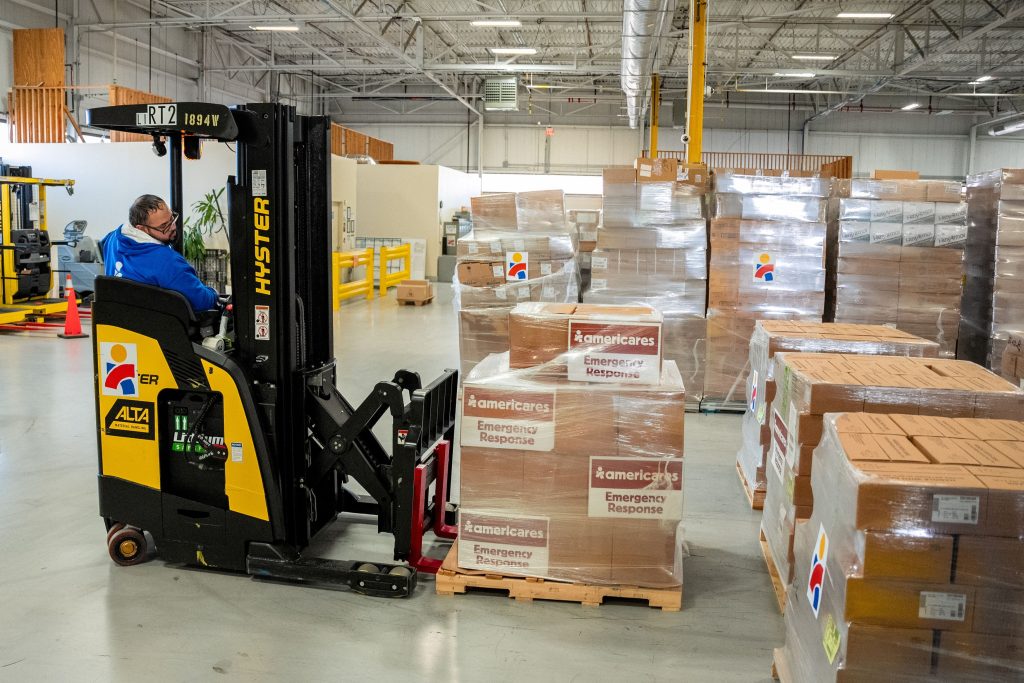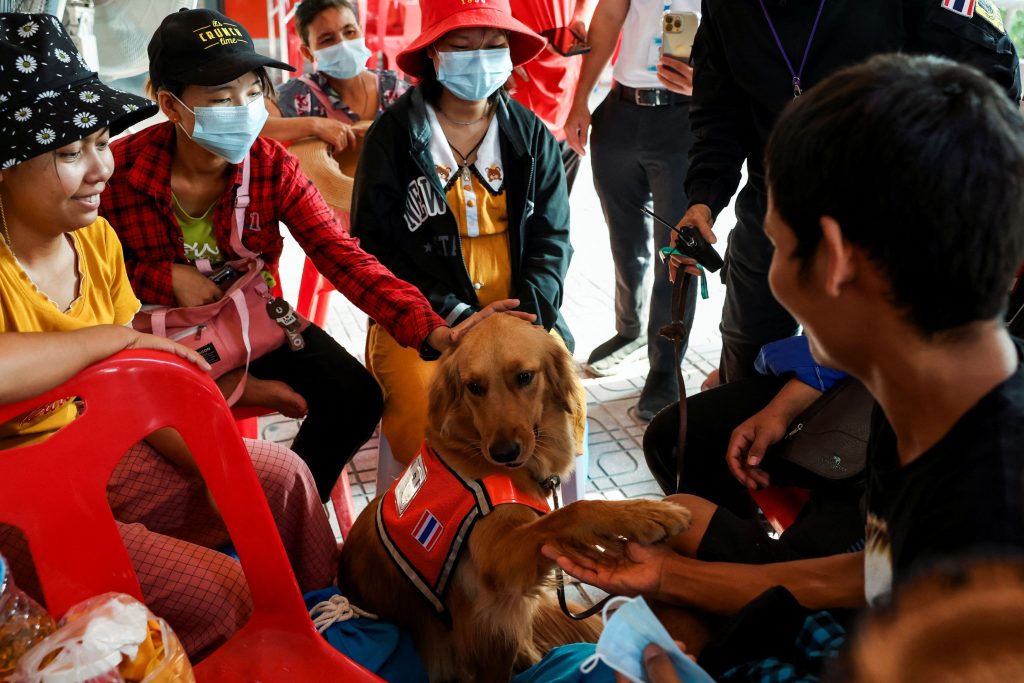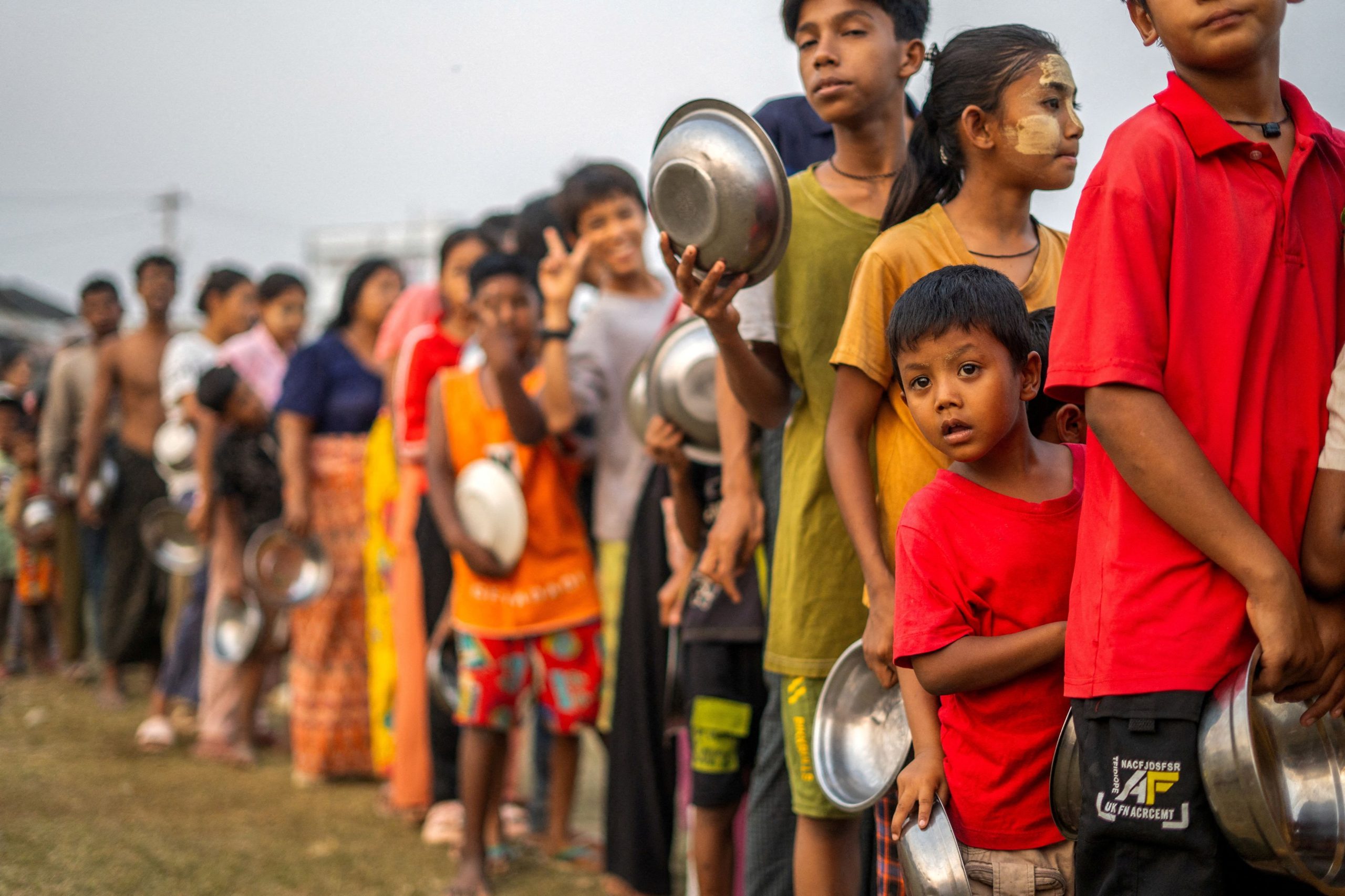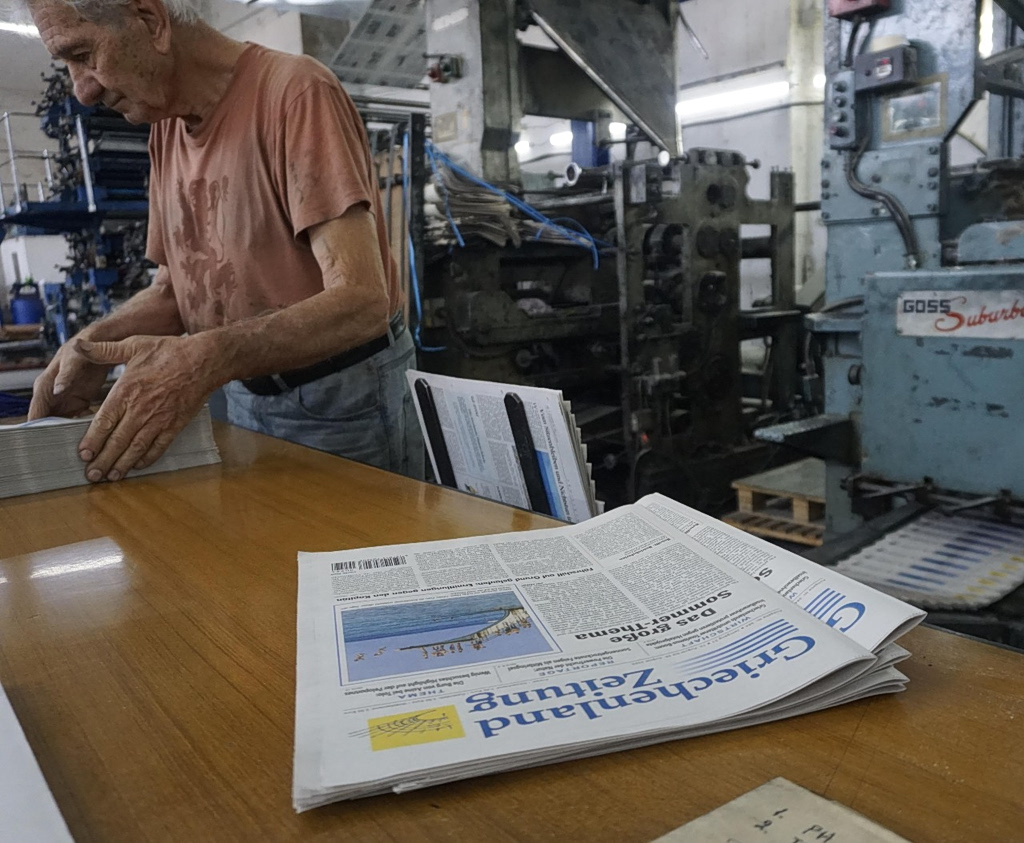United Nations officials are calling for urgent international aid to Myanmar as the country reels from its deadliest earthquake in more than a century. With the official death toll at 2,719 and expected to surpass 3,000, humanitarian workers warn that time is running out to deliver essential relief before the upcoming monsoon season worsens conditions.
Humanitarian Crisis Deepens
Acting U.N. humanitarian coordinator Marcoluigi Corsi described the devastation after a two-day survey of affected areas, highlighting critical shortages of drinking water, hygiene supplies, food, shelter, and medicine. Hospitals remain overwhelmed, and rescue efforts are hindered by destroyed infrastructure and an ongoing civil war.
“We must act swiftly to provide relief before the upcoming monsoon season, which, of course, will even worsen this horrendous crisis,” U.N. spokesperson Stephane Dujarric said.
The earthquake, measuring 7.7 in magnitude, struck Myanmar at midday on Friday, leveling buildings, destroying roads, and toppling ancient pagodas. Mandalay and Naypyitaw—the country’s former capital—suffered extensive damage. The quake has also triggered at least five aftershocks.
Myanmar’s deadliest earthquake in decades has left thousands at risk, without shelter, food or medical care.
UN humanitarians are making every effort to assist people already facing dire conditions.
Read: https://t.co/a8oaeUt4Xp
—via @UNOCHA pic.twitter.com/FwVkQamQv1
— United Nations (@UN) April 1, 2025
Conflict Complicates Relief Efforts
Myanmar has been embroiled in a civil war since the military seized power in a 2021 coup, displacing more than three million people. The ongoing conflict is now obstructing rescue and aid operations in quake-hit regions.
U.N. Special Envoy for Myanmar Julie Bishop urged all sides to declare an immediate ceasefire and ensure the safety of humanitarian workers. However, despite reports that Myanmar’s military had paused its offensives, rebel groups have accused the junta of continuing airstrikes in disaster-stricken areas.
“You cannot ask for aid with one hand and bomb with the other,” Amnesty International’s Myanmar researcher Joe Freeman said.
In a rare move, the Three Brotherhood Alliance—an umbrella group of three major ethnic armed organizations—declared a unilateral one-month ceasefire on Tuesday to facilitate humanitarian relief efforts.

Jose Lopez organizes pallets for a shipment of emergency relief supplies, including hygiene kits, wound care kits and various medicines, to be sent to Myanmar in the wake of their recent earthquake at the Americares global distribution center in Stamford, Connecticut, U.S., April 1, 2025. REUTERS/Angelina Katsanis
Survivors and Rising Casualties
Myanmar’s military leader, Min Aung Hlaing, confirmed that 4,521 people were injured and 441 were still missing. “Among the missing, most are assumed to be dead. There is a narrow chance for them to remain alive,” he said.
One of the few miraculous survival stories emerged on Tuesday when a 63-year-old woman was rescued after being trapped for 91 hours in the rubble of a collapsed building in Naypyitaw. Her rescue was a joint effort by Myanmar’s fire department and teams from India, China, and Russia.
In the Mandalay region, tragedy struck a preschool where 50 children and two teachers were killed when their school building collapsed.
Thailand Also Impacted
The earthquake’s impact extended beyond Myanmar, with neighboring Thailand confirming 21 deaths and hundreds of damaged buildings. In Bangkok, an unfinished skyscraper collapsed, burying dozens of workers.
Fourteen bodies have been recovered from the site, but officials believe up to 70 people remain trapped under the rubble. Search teams have detected 12 possible survivors but are struggling to reach them.

Migrant workers from Myanmar pet Tualek, a dog of the K9 USAR Thailand, as search and rescue operations continue, following a strong earthquake, in Bangkok, Thailand, April 1, 2025. REUTERS/Chalinee Thirasupa
“Maybe they can survive one week or two weeks, so we have to go on,” said Bangkok Governor Chadchart Sittipunt, emphasizing the urgency of rescue efforts.
With the monsoon season approaching, international agencies warn that Myanmar’s crisis is still unfolding. “The needs are massive, and they are rising by the hour. The window for life-saving response is closing,” said Julia Rees of UNICEF.



